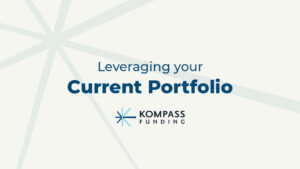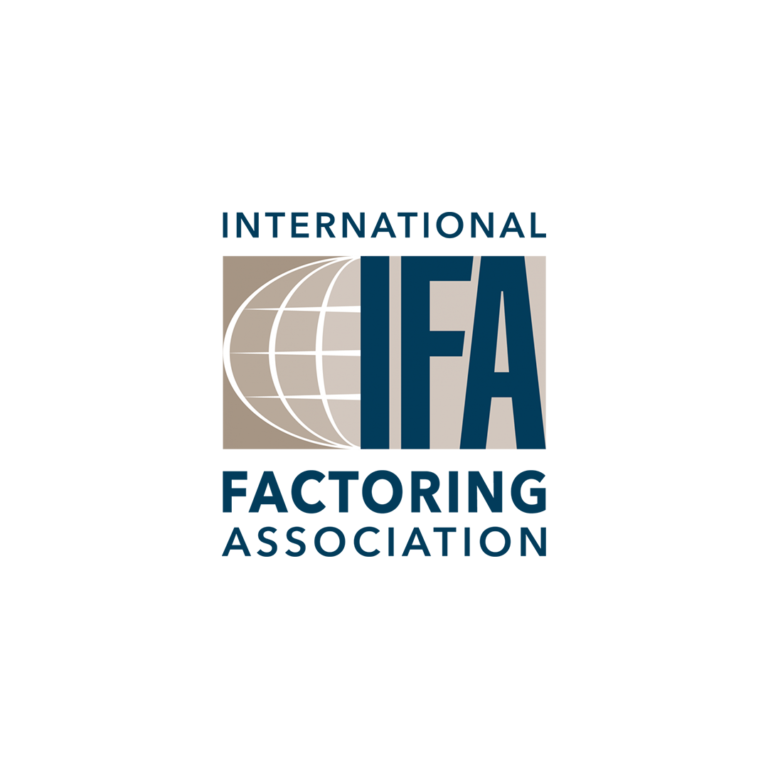
Working Kapital Life
By Rob McCaslin – Director of Business Development
A wise banker once told me “Only companies with capital deserve to grow.” Now, I understand that this could be met with debate, but hear me out. I do believe the underlying message here is that when a company has strong controls in place to grow their capital stack and has an opportunity to grow their top and bottom lines, they should use their capital in strategic ways to grow and not based solely on opportunities that present themselves. Basically, growth needs to be a proactive strategy, not a reactive one.
In my experience, growing isn’t difficult. The difficult part is being able to manage your cash flow while you are growing. I can remember times where we stopped answering the phone because we couldn’t manage any more growth with the limited resources we had.
Nearly every business owner has been faced with the reactive growth dilemma. It’s not a logical decision process…it’s an emotional one. The emotional upside versus what is logical (reactive vs. proactive). You might say “Well, entrepreneurs are risk takers in the first place” and I’d agree. But what no one considers is that they might be one bad decision away from losing it all – and many are.
We look at growth in a different way. Decision making when it comes to growth should be thought of as an entirely different business with its own set of financial statements. Understanding what is at risk (the stabilized company) compared to the riskier investment(s) (the new contract, market expansion, etc.), has helped to ensure that we continually maintain perspective on the costs and break them down further into investments of capital, energy and time.
When it comes to growing and expanding, energy is as valuable as air itself. Energy is the cost of the capital and resources it takes compared to the financial results it produces. Without a comprehensive understanding of energy, a company may only be focused on revenue growth and tying only that to their success.
We believe in a bottoms up approach towards growth. We want companies to maintain profitable growth as they scale their business by working backwards through their income statements. We want to ensure companies can attain the same desired profits and outcome as they grow. Efficiencies will be gained in terms of human capital and fixed assets, but you may have to hire employees or purchase new assets to assess the costs and needs for additional investment and working capital. The fun part of the exercise is in not knowing until you’ve rubric cubed your way through it. But you’ll be glad you did – it will help you decide on how to use/raise capital and how you will need to manage the increased pressure your working capital will bring.
Final thoughts. Here are some questions to consider once you have access to additional working capital:
- Will your cash conversion cycle increase and how will you manage cash as you are putting more money out the door in terms of Cost of Goods?
- Will you factor receivables or ask your bank for a larger line of credit? (Remember, banks aren’t going to be excited about funding your growth).
- Will you ride it out hoping that your customers will pay in less than 30 days? With four pay periods during this time, 30 days is a long time to wait for your money. You will likely need to ensure that you have at least two payrolls of cash in reserve at all times.
Rob McCaslin is the Director of Business Development at Kompass Funding – a financial solutions partner offering four niche solutions: Kompass Accelerate, Kompass 24, Kompass Access and Kompass Bridge. Partnering with growth-oriented companies and bridge financial gaps to help all stakeholders win by simplifying cash flow, covering payroll expenses, providing immediate funds for growth and minimizing time collecting payments.








